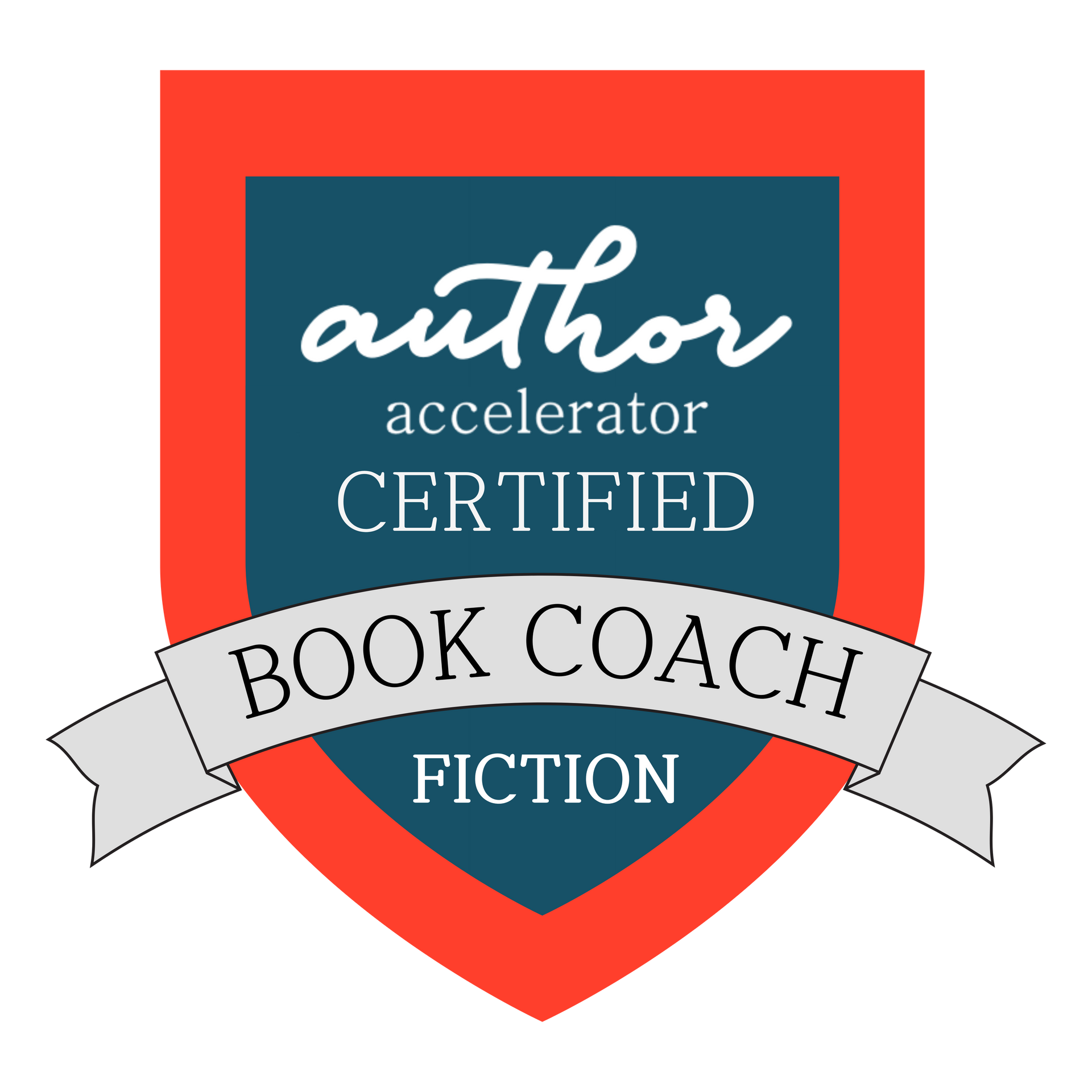Editing a novel checklist: what you need to get your manuscript ready for publishing
If you’ve never published a book before, you probably have a lot of questions about the process.
Before you can share your work with readers or publishers, you must learn how to rewrite, edit, and shape your manuscript into the best possible version it can be.
Below I’ve shared answers to the most common questions I am asked about editing a novel. As well as a checklist to help you begin the editing process.
Frequently asked question about editing a novel

Can I self-edit my book?
Self-publishing is more accessible than ever before thanks to technology. Anyone who’s willing to put in the time, energy, cost, and effort can self-publish a book.
But, the same as with any other service, a professional editor’s job is to complete a project that you might not have the training, skills, or knowledge to do well on your own.
You could do all of the editing, proofreading, formatting, cover design, marketing, distribution and communication on your own. In the time it takes to acquire all of these specific skills and knowledge, you could probably have written at at least a dozen novels! This is why so many authors hire a professional to help.
How long does it take to edit a book?
How long it takes to edit a book depends on several factors such as:
- Book length: a book with a higher word count will take longer to edit.
- Type of editing: copyediting and proofreading can be completed faster than a developmental edit (more on these later.)
- Availability of the editor: the number of hours an editor works per week or the projects they have on the go can impact turnaround time.
How much time should you allow for editing?
At the start of your project, I will give you an estimate of the time I require to complete your manuscript. We will then agree on a deadline before we begin, so you know when the manuscript will be completed. Like most editors, I generally have a waitlist for larger editing projects so it pays to get in touch with me well ahead of time!
How much does it cost to edit a book?
The cost of your project will depend on several factors including, the type of editing, word count, complexity, deadline, and the goal of your book.
When working with an editor, it’s worth noting that you’re also paying for their:
- Qualifications
- Experience
- Time (not only on editing but also running a business)
What will it cost if you don’t have your manuscript professionally edited?
If you intend on submitting to a publisher or agent (who receives many submissions), you want your manuscript to look the best it can. If your manuscript is already polished, you can improve your chances that the publisher will see its potential. You can have a great story but if your manuscript is filled with poor sentences and bad spelling, it may automatically get rejected.
And if you are considering self-publishing, it’s your responsibility to ensure your book looks professional. You will struggle to sell your book if there are errors or inconsistencies throughout.

What is the difference between proofreading and editing?
Editing focuses on
making your text more readable by assessing clarity, style, and citations. Editing is all about making sure the meaning and ideas in a piece of work are conveyed in the best possible way, for the audience.
While proofreading focuses on
eliminating errors and mistakes in grammar, punctuation, spelling, and formatting. It also picks up instances of inconsistent terminology, formatting and referencing. Proofreading tends to result in minor, aesthetic adjustments to text rather than big changes.
What are the stages of the editing process?
1) Manuscript evaluation
You can think of this type of editing as a reader’s response to the manuscript. These evaluations include the kind of feedback you might expect from a writing group. They cover what is and isn’t working in the story, such as major plot holes or character flaws.
2) Developmental editing
In this process, the editor spends a great deal of time working on and reworking the manuscript. It can look different depending on the project.
Some of the authors I have worked with only had an outline, while others had an entire manuscript created. I added elements of copy (or content) to the work, giving the author various ideas to improve the quality of the work.
Who is this most beneficial for?
Developmental editing is especially useful for new authors. If it’s your first time editing a novel, it’s helpful to have someone to help you formulate ideas, and write in a way that flows nicely.
3) Copy or content editing
Copy or content editing involves examining the
“meat”
of the work and determining whether or not it meets your goals and the audience's needs.
At this stage, I may not specifically focus on the grammar and sentence structure of your manuscript. But rather provide comments and suggestions on how to improve your manuscript. It is up to you, to create the improvements or to move on without them.
4) Proofreading
Once the book has been typeset and made into proofs, a proofreader looks for any typographic errors made during the typesetting process or for errors that the copy editor, managing editor or author missed along the way. They’re looking for anything that might be called a mistake in the final print. Proofreaders are the final pair of eyes on the text before it goes to press; it’s a vital job with a high level of responsibility.

Editing a novel checklist: before you start make sure to…
Check you have a backup copy
Before you start editing, make sure that you have created a backup copy of your manuscript. This way, you will end up with an unedited and edited version.
Check line spacing
Generally, for ease of reading I find it is best to edit at 1.5 line spacing. Once the edit is complete, you can change it back to the line spacing of your choice.
Check indentation
The correct way to indent a manuscript is for the first paragraph of each new chapter to be flush and the remaining paragraphs to be indented.
Remove double sentence breaks
Double spaces between sentences used to be best practice, but this is no longer the case. Single spaces are enough. At some point down the line, someone (a typesetter or the person doing eBook conversion) will need to remove the extra white space, so you should solve this problem now.
Replace exclamation marks with full stops
The overuse of exclamation marks is considered a sign of weak writing. You should use the context of the surrounding paragraphs to show the reader any 'shock'. The problem you face is that most exclamation marks will be in speech, and in most cases, it will be OK to replace them with a full stop. However, in some cases, other punctuation will be more appropriate (comma, question mark, etc.).
Check chapter breaks
One essential element of the eBook conversion process is the ability to identify the start and end of chapters. The best way to do this is to use page breaks.
Are you ready for the next stage in your writing journey?
You've done the hard work of writing to your heart's content and revising what you have written. Now it's time for your completed work to be edited.
You are always welcome to schedule a time to have a free no obligation chat with me. I would love to hear about your project, share more about what I do and answer any of your questions.
Get in touch with me today.

